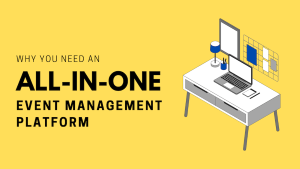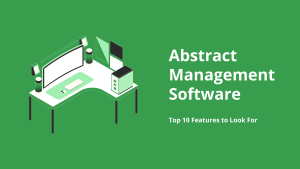
We are excited to announce a significant update to Dryfta’s abstract management system. This update revolutionizes the way abstract submissions are managed, making the process more streamlined, error-free, and robust than ever. Now, event organizers can enable AI-powered checks for Grammar, Plagiarism, and Overall Quality for abstract submissions. This functionality extends not only to the default title and summary fields but also to any custom textarea fields that you may have in your submission form.









